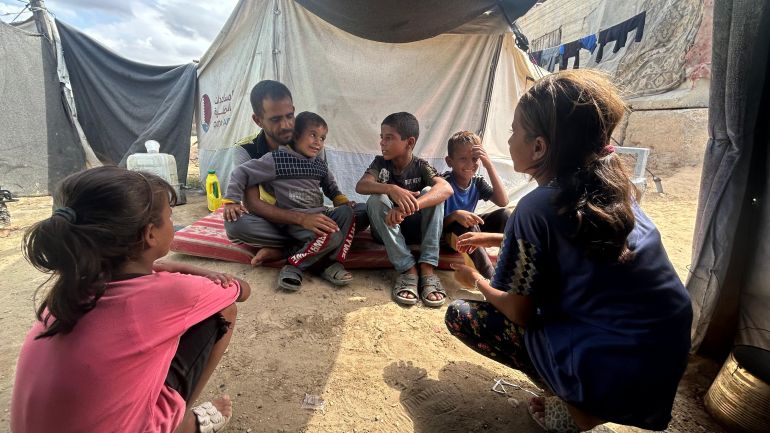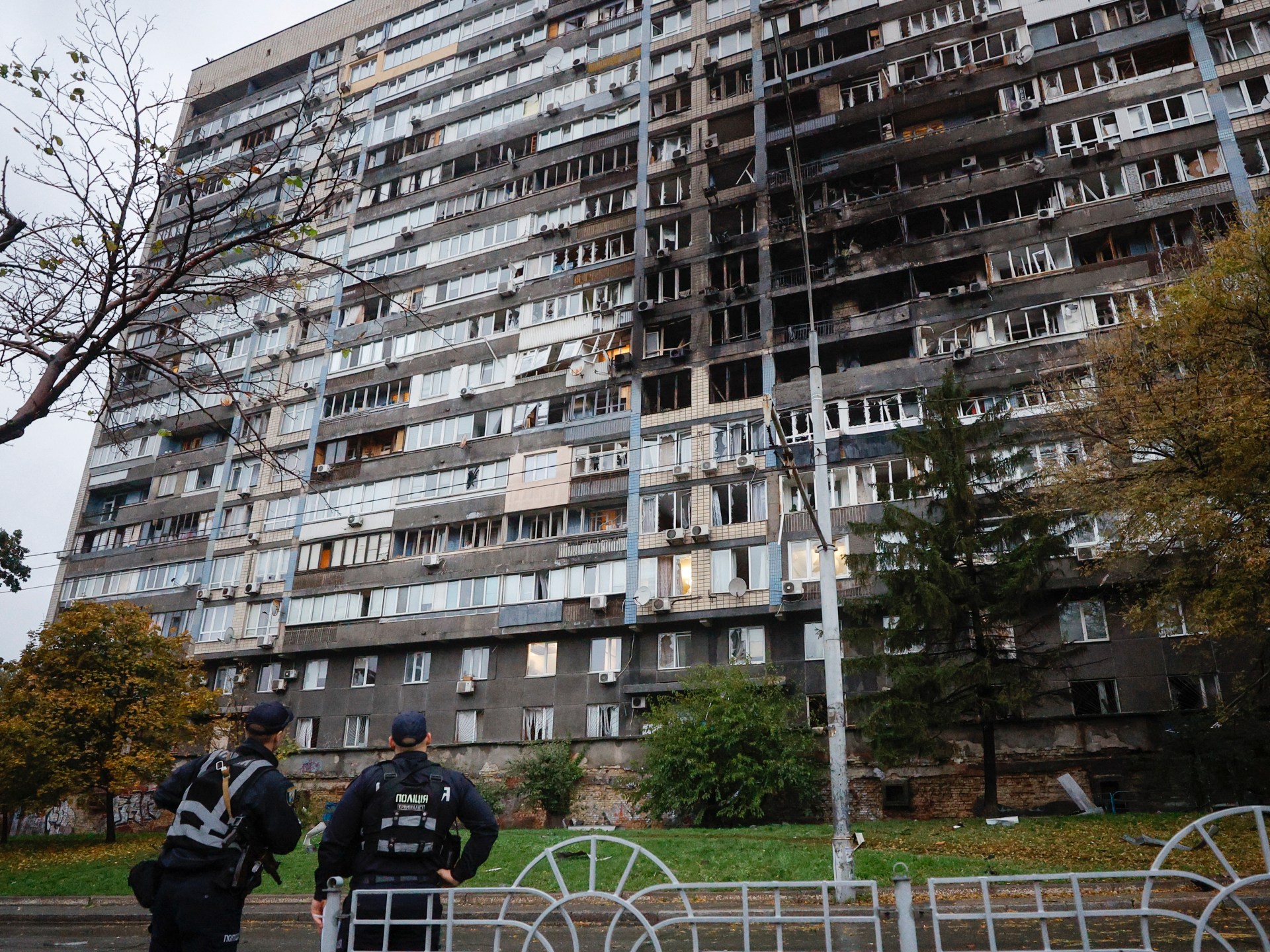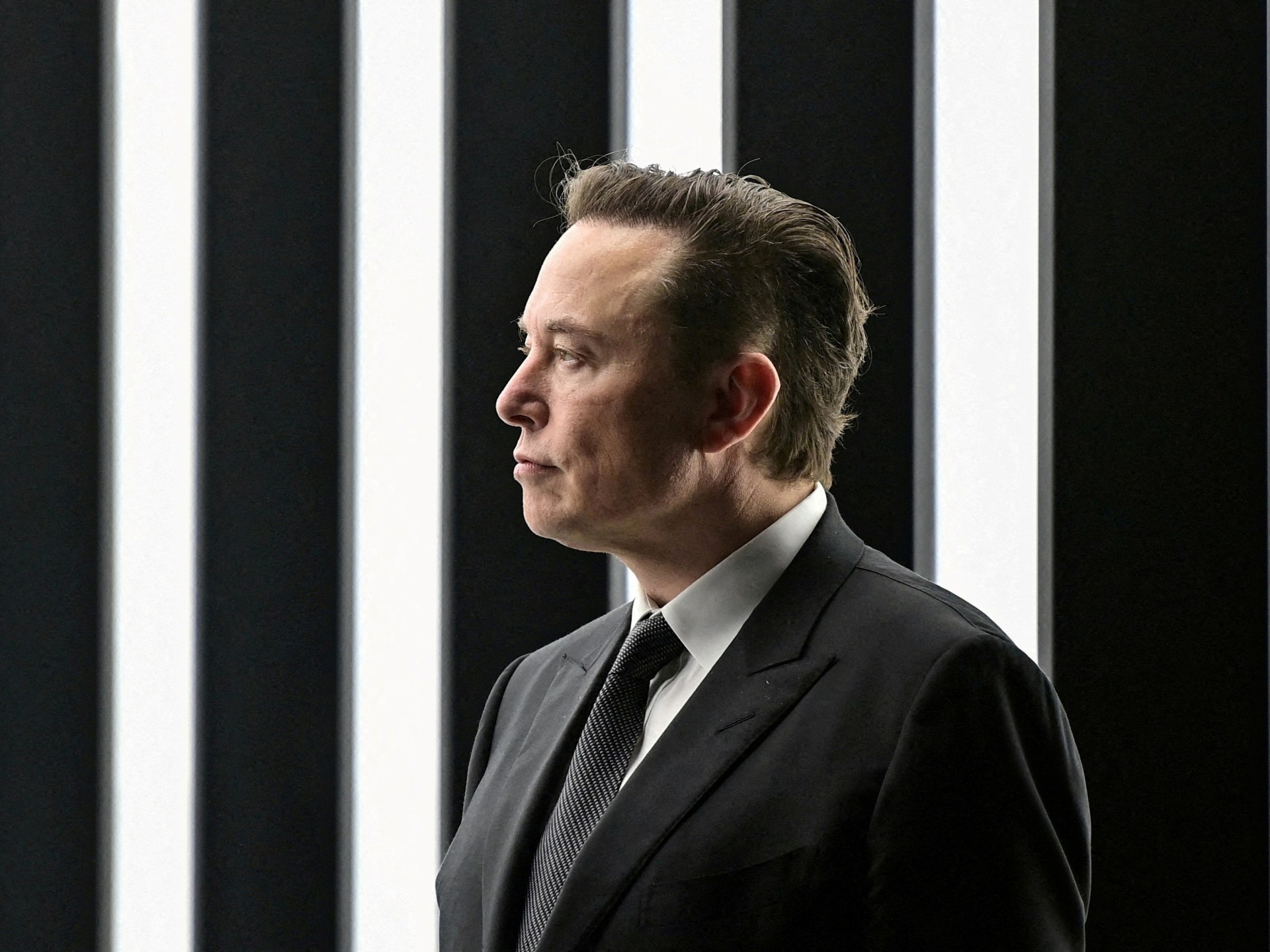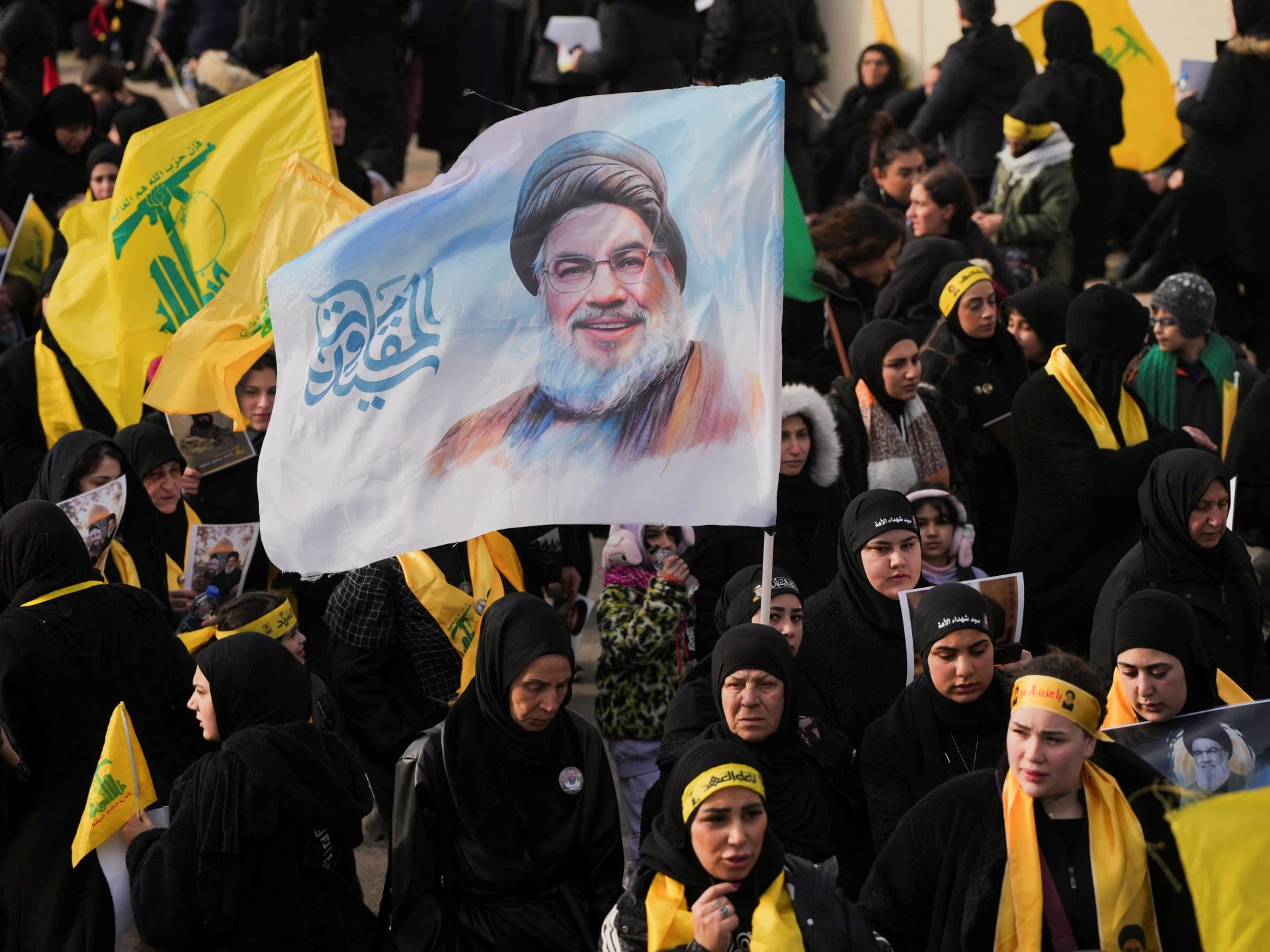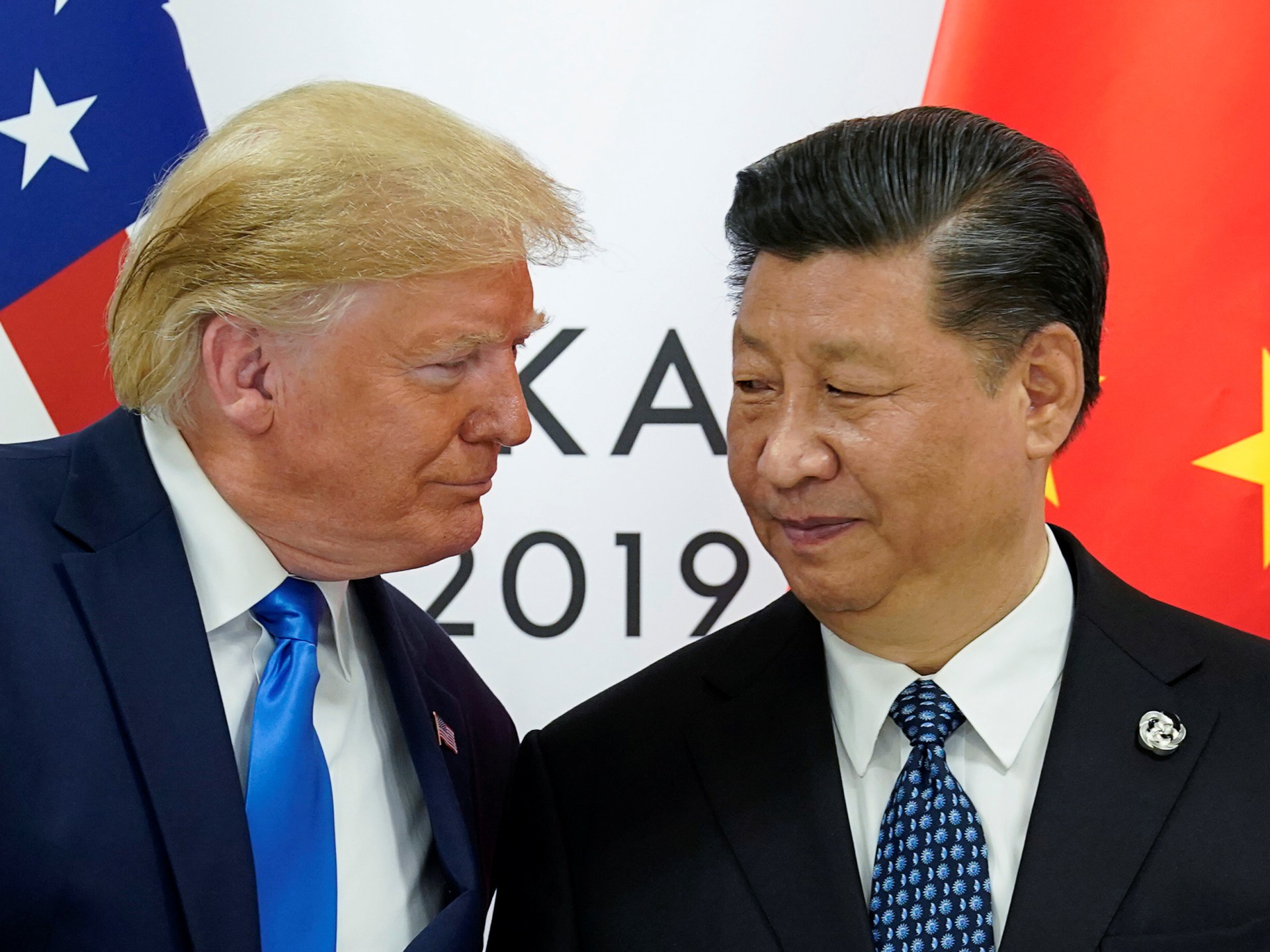Al-Mawasi, Gaza Strip – In the windswept sands of al-Mawasi, where tents stretch as far as the eye can see, Hanaa Abu Ismail, 42, knelt to clear a patch of ground for her fire and smiled.
For the first time in more than six months, since Israel unilaterally broke the last Gaza ceasefire, the constant hum of war had stopped.
Recommended Stories
list of 3 itemsend of list
“No more despair,” she said, her voice rising above the hum of the displacement camp. “We want joy, we want to raise our voices – the war is over, and God willing, we’ll go home again.”
The ceasefire, which officially began on Friday, has brought an unfamiliar stillness to Gaza. The drones have been relatively silent, the sky free of warplanes. For Hanaa and the hundreds of thousands crammed into al-Mawasi, a narrow coastal strip between Deir el-Balah and Khan Younis that has become Gaza’s largest displacement camp, there is now a faint and uncertain glimpse of what calm might look like.
The ceasefire was announced in the aftermath of negotiations held earlier this week in Egypt’s Sharm el-Sheikh, attended by mediators from Qatar, Turkiye, and the United States. The agreement, based on a 20-point plan announced by US President Donald Trump in late September, ended 24 months of constant Israeli bombardment that killed more than 67,190 Palestinians and displaced an estimated 90 percent of Gaza’s 2.1 million residents.
Hanaa sat on the packed earth beside her tent, clapping along to an old Palestinian folk tune. The war, she says, has scattered her family at least 15 times in two years. Yet on this first day of the ceasefire, she felt peaceful.
“I spent my morning in calm,” she told Al Jazeera. “I kneaded the dough, baked bread, and now I’m preparing the coals. We’ll enjoy ourselves despite the wounds. If we’re still alive, then we’ve already won.”
However, for many, the joy brought by the ceasefire news was tempered by doubt, as many waited to see whether the promised aid and reconstruction would ever reach their tents.
Omar al-Dadda clutched his youngest son against his chest, the five-year-old’s sobs finally subsiding after more than half an hour of crying. The food promised from a nearby soup kitchen had been delayed again – another two hours, they were told, after supplies ran out and volunteers had to cook a fresh batch.
“It’s been a few hours now, and nothing has changed,” Omar told Al Jazeera, adjusting his grip on Rayan, his son, with his one remaining arm, his left hand lost to an agricultural accident in 2015. “It’s still the same. My children queue at the soup kitchen, fetch drinking water, and I search for any help from relief committees.”
For now, the only certainty is the struggle to make it through another day.
‘The last cruel days’
According to the United Nations, al-Mawasi’s population has more than tripled, from about 115,000 in mid-March to roughly 425,000 by June, nearly all living in makeshift tents patched together from wood and plastic sheeting.
Since then, the camp’s population has continued to surge, driven by new displacement orders and the flight of nearly 200,000 people from Gaza City after Israel’s ground operation in September.
Omar sat on a worn mattress outside his makeshift shelter, donated to him five months ago when he fled east Khan Younis. Around him, his four other children – Anas, 12, Minas, 10, Hamoudah, 8, and Sidra, 6 – attempted to settle a dispute over fetching water from a truck parked 200 metres (660 feet) from the tent.
Despite his disability, Omar hoisted several water jerrycans to help his children, hoping to fill a small barrel before the truck moved on or ran dry. His wife, Ibtissam, busied herself cleaning kitchen utensils and arranging bedding she had placed in the sun to dry after the morning’s fog had dampened them.
“What pains me is seeing my children, instead of going to nearby schools, learning, drawing, spending their days searching for water and food,” he said. “This is unbearably harsh on them. They cry daily from the hardship of this life.”
Under the ceasefire’s first phase, Israeli forces say they have pulled back from populated areas, including Gaza City and Khan Younis. Withdrawal was timed to facilitate Hamas’s preparation of 20 living hostages for release, expected by Monday, according to Trump. Israel has agreed to free 250 Palestinian prisoners serving life sentences, 1,700 others from Gaza detained since the war began, and all children and women in detention.
Crossing points are also set to open now that the ceasefire has begun, with 400 trucks entering on the first day and 600 trucks expected daily in later stages. International aid agencies, rather than the GHF – a US- and Israel-backed organisation established in early 2025 that has been criticised for lacking neutrality and operating under Israeli military oversight – would oversee distribution, and the road to the Rafah border crossing with Egypt would reopen.
Yet those mechanisms have not yet translated into tangible relief for families like Omar’s. While he remains hopeful that the aid will reach those most in need, he knows that real change may take months to materialise.
“I just want to escape this reality and start a new life,” he said. “We hope today is the last of the cruel days before our lives gradually change as the ceasefire agreement is implemented.”
But others like Hanaa are more hopeful.
Hanaa’s laughter rose as she pulled her four-year-old daughter, Sila, into her lap, while her only grandchild, Mohammad, toddled nearby.
“For them,” she said softly, “we have to smile, to build something new. The agreement means safety … and once we have that, we can think about everything else.”
Hanaa added that she’s desperate to return to her home in Abasan, east of Khan Younis, even if it means pitching a tent over the rubble.
“We just want to be close to what was ours,” she said. “To feel that life is starting again.”

Debating the return
Several kilometres south in central al-Mawasi, Essa Said, 55, spent Friday in long discussions about his family’s next move, whether to remain in their tent and prepare for winter by reinforcing it with more tarpaulin, or to return to their destroyed home in al-Rabouat area of eastern Khan Younis.
Residents say that the neighbourhood falls within zones where return would be permitted once the ceasefire takes effect. But Essa and his wife, Amal, 49, harbour deep concerns about the ceasefire’s durability.
“We repaired part of our partially destroyed house before, only to have it completely demolished by shelling two months ago,” Essa explained. His family, including two sons, Mohammed and Ahmed, who worked as doctors, plus four daughters, two of whom were still in school, have debated the risks of investing effort into another return only to face renewed displacement.
“The ceasefire is a precious opportunity to restore our lives and begin planning anew,” he told Al Jazeera. “But our choices are limited … stay here under very harsh conditions, or return to areas that may be even more dangerous, because everything is destroyed with no water sources, roads or services.”
The family have ultimately decided to return, but will wait several days to assess conditions.
“We’ll be cautious for a few days or more to understand the landscape.”
As his wife prepared food and their four daughters helped with cooking, Essa seized the opportunity to purchase traditional winter sweets called halaweh and awameh, calling to his wife by her kunyah (Arabic honourific) over the firewood flame: “Um Ahmed, relief is near, God willing. We’ll stop using firewood, and you’ll cook with gas. They say cooking gas trucks will enter soon.”
Neither Essa nor Amal had slept the night before, overcome by joy.
“My wife cried several times, we embraced each other, and neighbouring tents came to congratulate one another,” Essa recounted. “It’s like Eid, or more than that. We haven’t felt this happiness before.”
The couple’s youngest daughter, Rahaf, spent the morning at a nearby field school for two hours before returning to review her lessons, then carried dough with her sister Lian to a clay oven for baking.
“We’re so happy about the ceasefire,” Rahaf said. “We want to return to schools, to our neighbourhood, to gather again with neighbours from before the war. We’ve had enough war. We want peace.”
What comes next
Trump has said that Gaza will be rebuilt, though he has offered few details.
For his part, United Nations Secretary-General Antonio Guterres pledged his organisation would “scale up the delivery of sustained and principled humanitarian relief” and advance “recovery and reconstruction efforts”.
Omar expressed hope that there would be improvements to Gaza beyond the immediate aid concerns. “I want open roads, water network extensions, caravans and mobile homes, lighting and electricity,” he said. “These needs are urgent, very urgent, and they’re what will change our lives.”
Essa’s goals are more immediate.
“We hope there will be continuous water sources, aid distribution, lower prices for vegetables and fruit, and entry of meat and all other needs that will change our lives.”
Both men acknowledged the precariousness of the moment – the uncertainty of whether the ceasefire would hold beyond its initial phases, whether promises would materialise into policy, and whether the silence overhead would last.
But as Friday drew to a close, Hanaa, sitting with her family, was looking positively to the future. “We’re tired of smoke and ash,” she said. “We want our old lives back, or at least something like them.”
